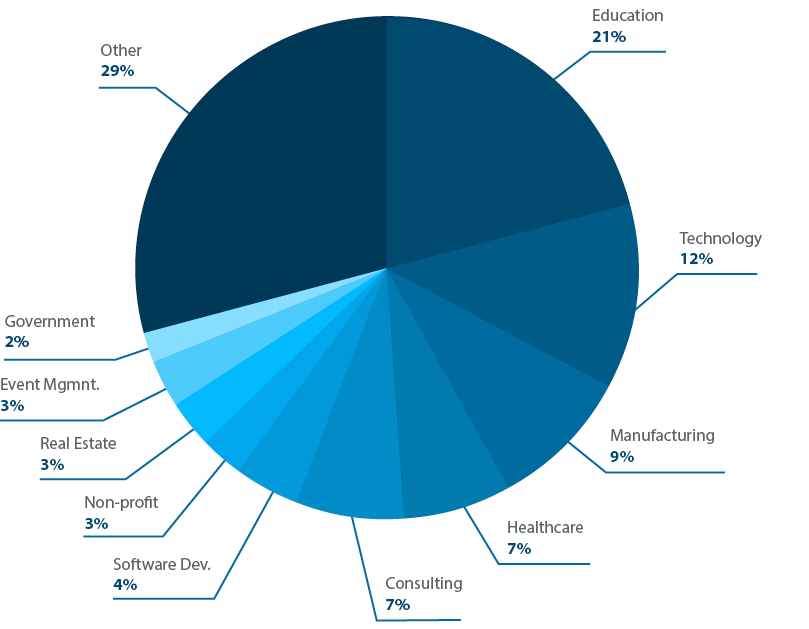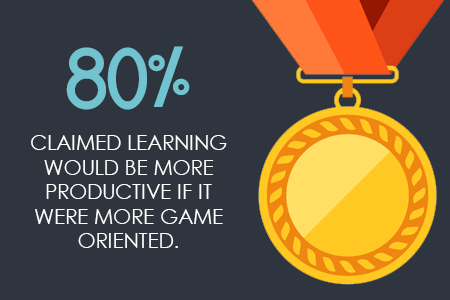Change isn’t just inevitable, it is in fact, beneficial. Varying approaches from time to time has proven to be quite a rewarding process. On the same lines, when change enters the world’s most conventional processes, the outcome is unprecedented. Just like that, when a change in methodology of teaching and learning was introduced in the education sector, the outcome was terrific.
This change encompassed the introduction of many software systems, from facial recognition attendance system to students’ emotional state monitoring software. But the efficiency you can achieve through this software was nothing as compared to LMS, a completely different idea of providing students with an interactive platform instead of monitoring them.
What is an LMS?
If utilize it properly, its features are capable of doing much more, and this is what makes it beneficial and important for the education sector. Below, we explain the key benefits achieved by using an LMS for education.

1. Student – Teacher Interaction
For effective learning processes, the student – teacher interaction is very important. Not just in the class timings, but also outside class so that student feels comfortable in opening up to the teacher regarding his questions, queries or even reservations. LMS being the communication platform helps teachers interact more effectively with students, giving them the individual attention they need.
2. Individual Track Records
As LMS creates personal login ids for every student, it gets easy for the instructor to track the student activity through the teacher account. The teacher can in fact, supervise each student’s engagement and interaction activity with the course material. He can also monitor the overall students’ interest in the course or it’s individual content based on the response statistics. Moreover, it's also possible to observe the student’s study pattern. And so the students can receive help in case of any discrepancy or problem being faced by him.
3. Collaborative Working Tools
LMS provides users with tools and features to help integrate their individual contributions for a group project or assignment. With the top notch LMS providing version control software support, this task gets even more easy, making collaborative working hassle free. The individual and grouped chat threads implemented make it even more easy to communicate and cooperate in a group task.
4. Remote Access
One of the most ideal features of LMS for education is the remote access it provides to the user. No matter where the user is and which device he is using, all of his educational resources are just a click away. Just like any other software service, LMS too transgresses all physical barriers and can be operated from anywhere. All you need is an active internet connection and there you go!
5. Personalization
LMS being a smart software caters the basic differences of humans and so comes in with a personalization feature where the user can set his own pace for the course and benefit from it. This way you can avoid the peer pressure or struggling competitive environment and a better nurturing atmosphere for learning will prevail.
6. Deadlines Compliance Features
By integrating the calendar in LMS, the user gets to know the time track for each of his assignments, projects or other deliverables. Many LMS notify users of the pending submissions along with the due time. This way the user stays ahead of time and meeting the deadlines gets more likely.
7. Virtual Chat Room
Communication is the key to smooth workflow in a grouped working environment. Taking this fact into consideration, LMS comes with built-in communication features i.e. a chatbot. Supporting both individual and group chat threads, the user can easily get in touch with the peers he wants, or even the instructor of the course without sharing any excess of contact information.
8. Video Conferencing
One of the biggest limitations of the conventional classroom education process is the mandatory physical presence of the instructor and the students to benefit from the lecture. The software deployed to combat this issue, like LMS carries video conferencing features, supporting online lectures. Moreover, with the implemented attendance feature, students can enjoy the lecture miles away without even compromising their attendance.
9. Creative Incentivization

Education process can get dull and boring if you don't revamp according to the trends of the time. Taking this fact into account, the modern day LMSs carry creative incentives for students to motivate them to carry on the process with the same zeal and zest as they had the first day. The implementation of leaderboards, streaks, daily prizes based on online time intervals and more, pretty much serve the purpose, making education fun.
10. Cloud Storage Capacity
Carrying all the instructor provided resources, the students wish to have all their contributions to the course compiled at the same place. And so LMS provides each of its users with personal storage space. These storage units support all file formats to allow the user to store all the stuff he wants.
11. Resources Organization
LMS also supports the playing (or running) of all media files by the built-in support software instead of third-party apps. All of the material uploaded to LMS gets organized into the respective course’s folder. Similarly, it's possible to organize the courses into current and previous folders too. Thus, you'll keep the display clear, spacious and easy to interpret. Furthermore, the submission deadlines created on LMS also help the user store all his inputs to the course in the same place.
The Sum Up
Summing up, the role of LMS in complementing the prevailing education system can not be neglected. Remote jobs and remote learning are in the near future. So, it is necessary that conventional teaching methodology must adapt to the latest trends to bring forth the best results. This hybrid approach carrying the best features of both the systems is believed to be the best practice and shall be followed to produce better outcomes.
Ready to switch Leaning Management Systems?
Migrate with an automated and secure tool




